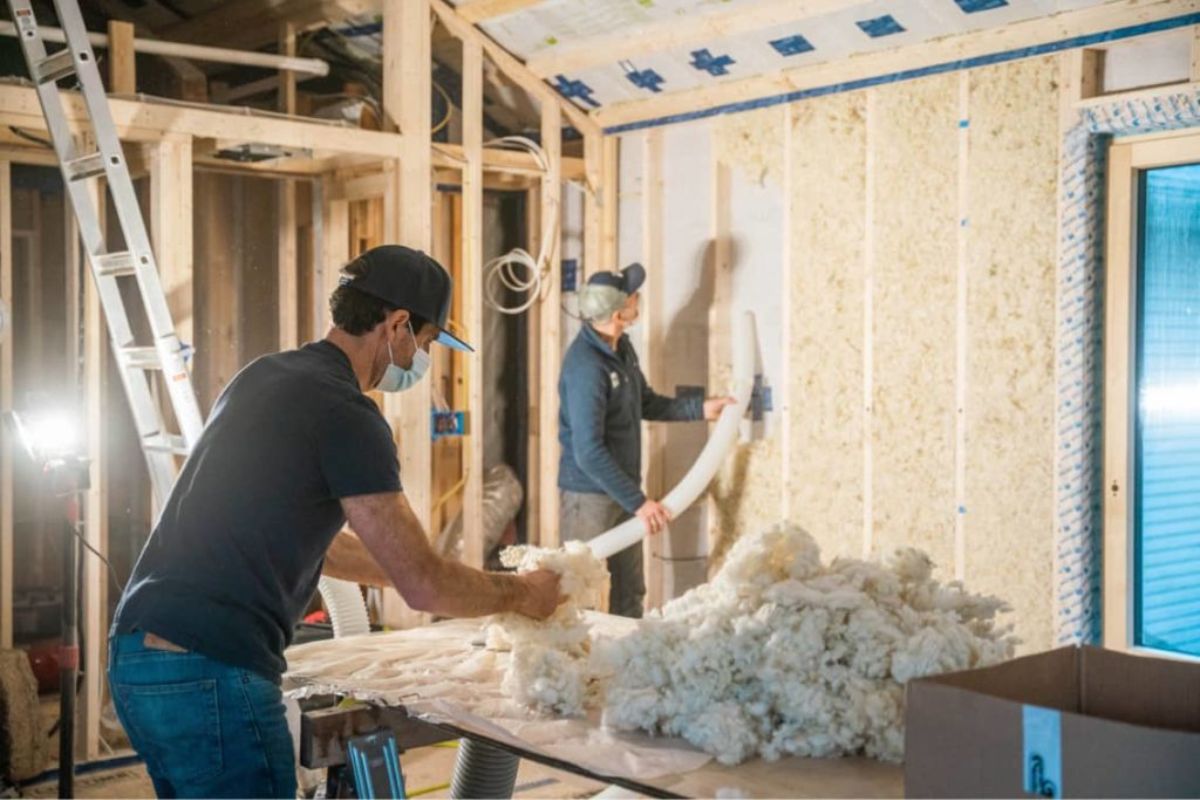

Articles
How Much Does R-19 Insulation Cost
Modified: October 20, 2024
Find out the cost of R19 insulation in this informative article. Compare prices and get the best deals on R19 insulation for your home.
(Many of the links in this article redirect to a specific reviewed product. Your purchase of these products through affiliate links helps to generate commission for Storables.com, at no extra cost. Learn more)
Introduction
R19 insulation is a popular choice for homeowners looking to improve the energy efficiency of their homes and reduce heating and cooling costs. It is a type of insulation that is designed to provide a high level of thermal resistance, making it ideal for areas with colder climates.
The cost of R19 insulation can vary depending on several factors, including the size of the project, the type and brand of insulation, and the region in which you live. In this article, we will explore the different factors that can affect the cost of R19 insulation and provide you with a general idea of how much you can expect to pay.
It’s important to note that while R19 insulation may have a higher upfront cost compared to other types of insulation, it can provide long-term savings by reducing your energy consumption and lowering your utility bills. Additionally, properly insulating your home can also increase its resale value and improve indoor comfort.
Before diving into the cost details, let’s briefly understand what R19 insulation is. R19 refers to the thermal resistance or “R-value” of the insulation material. The higher the R-value, the better the insulation’s ability to resist heat flow. R19 insulation is typically made from fiberglass, which is known for its high R-value and effectiveness in reducing heat transfer.
The thickness of R19 insulation typically ranges from 5.5 to 6.5 inches. It is commonly used for walls, attics, and roofs in residential and commercial buildings. Its high thermal resistance allows it to effectively prevent heat loss or gain, keeping the interior temperatures of your home more stable and comfortable.
In the next sections, we will explore the different factors that can influence the cost of R19 insulation. By understanding these factors, you can better estimate how much you can expect to pay for your insulation project and make informed decisions. Let’s dive into the details!
Key Takeaways:
- Investing in R19 insulation may have a higher upfront cost, but its superior thermal resistance can lead to long-term energy savings and increased home comfort, making it a valuable choice for homeowners in colder climates.
- When budgeting for R19 insulation, consider additional expenses such as vapor barriers, tools, labor, and disposal fees. To save on costs, explore DIY options, compare quotes, and take advantage of rebates and incentives.
Read more: How Thick Is R-19 Insulation
Factors Affecting R19 Insulation Cost
Several factors can influence the cost of R19 insulation. Understanding these factors can help you estimate the overall cost of your insulation project and make more informed decisions. Let’s explore the main factors that affect R19 insulation cost:
1. Size of the Project: The total square footage of the area to be insulated is one of the primary factors that determine the cost. The larger the area, the more insulation material will be required, leading to higher costs.
2. Type and Brand of Insulation: There are different types of R19 insulation available in the market, such as fiberglass batts, loose-fill fiberglass, and spray foam. The cost can vary depending on the type and brand you choose. Fiberglass batts are generally more affordable compared to spray foam insulation.
3. Installation Method: The cost of R19 insulation can also be influenced by the installation method. DIY installation may be cheaper, but if you decide to hire a professional installer, the cost will include their labor charges.
4. Accessibility of the Area: If the area you want to insulate is easily accessible, the installation process may be simpler and faster, resulting in lower costs. However, if the area is hard to reach, such as tight crawl spaces or high ceilings, additional costs may be involved due to the complexity of the installation.
5. Local Labor and Material Costs: The cost of R19 insulation can vary depending on your location. Labor rates and material costs can differ from one region to another. It’s recommended to get quotes from multiple contractors to compare prices and choose the most cost-effective option.
6. Additional Preparatory Work: In some cases, before installing R19 insulation, there may be the need for pre-existing insulation removal or repairs. These additional preparatory work can add to the overall cost of the project.
7. Building Codes and Regulations: Compliance with building codes and regulations can also impact the cost of your insulation project. Some areas may have specific requirements for insulation, and ensuring compliance may require additional work or materials.
Keep in mind that these factors are not exhaustive and may vary depending on individual circumstances. It’s always best to consult with a professional insulation contractor who can assess your specific needs and provide an accurate cost estimate.
Now that we have discussed the factors that affect the cost of R19 insulation, let’s move on to the next section to explore the average cost of R19 insulation and how it compares to other insulation types.
Average Cost of R19 Insulation
The average cost of R19 insulation can vary depending on the factors mentioned earlier, such as the size of the project, type and brand of insulation, and the region in which you live. However, on average, you can expect to pay between $0.70 to $1.20 per square foot for R19 insulation installation.
To give you a rough estimate, let’s consider a scenario where you have a 1,000 square foot area to insulate. At an average cost of $0.70 to $1.20 per square foot, the total cost for R19 insulation would range from $700 to $1,200.
It’s worth noting that this estimate only covers the cost of the insulation material itself. The cost of installation, which can vary depending on factors like labor rates and complexity of the project, is typically not included in this estimate.
Keep in mind that pricing can vary based on multiple factors. Prices may fluctuate due to regional differences, seasonal demands, and availability of materials. Additionally, prices may also vary based on the type of insulation material you choose, such as fiberglass batts, loose-fill fiberglass, or spray foam.
When budgeting for your insulation project, it’s essential to consider other components as well. These may include additional materials like vapor barriers, adhesives, tapes, and tools required for installation. Moreover, if you decide to hire a professional installer, labor costs can also add to the overall expenses.
To get the most accurate estimate for your specific project, it’s recommended to reach out to insulation contractors in your area. They can assess your requirements, provide a detailed cost breakdown, and help you make an informed decision regarding the best insulation option for your needs and budget.
In the next section, we’ll compare the cost of R19 insulation with other commonly used insulation types to give you a better understanding of the cost differences and potential savings.
Cost Comparison with Other Insulation Types
When considering insulation options for your home, it’s essential to compare the cost of R19 insulation with other commonly used insulation types. Here, we will provide a brief cost comparison to help you understand how R19 insulation stacks up against its alternatives.
1. Fiberglass Batts: Fiberglass batts are a popular insulation choice and a common alternative to R19 insulation. The cost of fiberglass batts is generally lower than R19 insulation, averaging around $0.40 to $0.80 per square foot for material only. However, it’s important to note that R19 insulation offers higher thermal resistance and is more effective in preventing heat transfer.
2. Loose-Fill Fiberglass: Loose-fill fiberglass insulation is another cost-effective option. The cost ranges from $0.40 to $0.80 per square foot for materials. Although it may seem more affordable than R19 insulation, loose-fill fiberglass may require more material to achieve the same level of thermal resistance. This can offset the initial cost advantage over time.
3. Spray Foam Insulation: Spray foam insulation is a premium option known for its excellent insulation properties. However, it tends to be more expensive compared to R19 insulation, with costs ranging from $1.50 to $3.00 per square foot for material only. While spray foam insulation provides superior insulation performance, the higher cost may not be feasible for some homeowners.
4. Cellulose Insulation: Cellulose insulation is an eco-friendly option made from recycled materials. The cost of cellulose insulation is comparable to R19 insulation, averaging around $0.70 to $1.20 per square foot for material only. It offers good thermal resistance and is often used as an alternative to fiberglass insulation.
It’s important to consider not only the initial cost but also the long-term energy savings when comparing insulation options. While R19 insulation might have a higher upfront cost compared to some alternatives, its higher R-value can provide better energy efficiency, leading to potential long-term savings on heating and cooling costs.
Additionally, the longevity and durability of different insulation types should be taken into account. R19 insulation, particularly fiberglass batts, is known for its durability and ability to maintain its performance over time.
Remember that the cost of insulation is just one factor to consider when choosing the right insulation for your home. Factors such as moisture resistance, soundproofing capabilities, and environmental impact should also be carefully evaluated.
In the next section, we’ll explore additional expenses that you should consider when budgeting for your R19 insulation project.
When considering the cost of R19 insulation, it’s important to factor in the size of the area to be insulated, the type of material (fiberglass, cellulose, etc.), and any additional installation costs. Prices can vary, so it’s best to get quotes from multiple suppliers or contractors.
Additional Expenses to Consider
When estimating the cost of your R19 insulation project, it’s important to consider additional expenses beyond the insulation material itself. Here are some common additional expenses that you should keep in mind:
1. Vapor Barrier: Depending on your climate and building codes, you may need to install a vapor barrier along with your insulation. A vapor barrier helps prevent moisture from entering your walls or attic and is often required in certain regions. The cost of a vapor barrier can vary, but it’s typically priced per square foot and can add to the overall project cost.
2. Tools and Equipment: If you choose to tackle the insulation installation project yourself, you’ll need to consider the cost of purchasing or renting the necessary tools and equipment. This may include items such as insulation cutters, staple guns, and safety equipment. Factoring in these costs will give you an accurate estimate of your overall expenses.
3. Repairs and Preparatory Work: Before installing R19 insulation, you may need to address any pre-existing issues, such as damaged insulation or structural repairs. These repair costs should be factored into your overall project budget.
4. Contractor’s Labor Cost: If you decide to hire a professional insulation contractor, their labor costs will be an additional expense. Labor rates can vary depending on the region and complexity of the project. It’s advisable to obtain multiple quotes from qualified insulation contractors to ensure you’re getting a reasonable price.
5. Disposal of Old Insulation: If you’re replacing existing insulation, you’ll need to factor in the cost of disposing of the old insulation material. This cost can vary depending on the quantity and type of insulation being removed. Inquire with local waste management facilities or consult with your insulation contractor to understand the costs associated with disposal.
6. Permit Fees: In some areas, permits may be required for insulation projects. The cost of permits can vary depending on local regulations. It’s essential to check with your local building department to determine if a permit is needed and to factor in any associated fees.
By considering these additional expenses, you can create a more accurate budget for your R19 insulation project. It’s crucial to assess your specific needs and consult with professionals to ensure you’re accounting for all potential costs.
In the next section, we’ll explore ways to save on R19 insulation costs without compromising on quality or performance.
Read more: What Is R-19 Insulation Used For?
Ways to Save on R19 Insulation Cost
If you’re looking to save on the cost of R19 insulation while still ensuring a high-quality installation, consider the following strategies:
1. DIY Installation: One of the most effective ways to save on insulation costs is to tackle the installation yourself. With proper research and preparation, you can install R19 insulation in your home. Be sure to follow the manufacturer’s guidelines and safety precautions to achieve optimal results.
2. Compare Quotes: Obtain multiple quotes from reputable insulation contractors to compare prices. While considering the cost, also evaluate the experience and reputation of the contractor to ensure you receive quality workmanship. Don’t hesitate to negotiate the price to find the best deal.
3. Purchase Insulation in Bulk: If you have a larger insulation project or are working on multiple areas of your home, consider buying insulation in bulk. Many suppliers offer discounts for bulk purchases, helping to reduce the overall cost.
4. Take Advantage of Rebates and Incentive Programs: Check with your local government, utility companies, or energy efficiency programs to see if there are any rebates, tax credits, or incentive programs available for insulation upgrades. These incentives can offset a portion of the cost and make your R19 insulation more affordable.
5. Use Recycled or Refurbished Insulation Materials: Consider using recycled or refurbished insulation materials. Some suppliers offer reclaimed insulation materials that are still in good condition at a lower cost. This can be an eco-friendly and budget-friendly option.
6. Efficient Use of Insulation: Ensure that you’re optimizing the use of insulation material. Properly measure and cut insulation to minimize waste. Also, seal any air leaks before insulation installation to improve its effectiveness and reduce the need for additional insulation.
7. Combine Insulation Projects: If you have multiple insulation projects, such as insulating the attic and walls, consider combining them into a single project. Contractors may offer discounts for larger projects, helping to lower the overall cost.
8. Ongoing Energy Savings: Keep in mind that investing in high-quality insulation like R19 can lead to long-term energy savings. While the upfront cost may be higher, the energy savings over time can offset the initial investment.
Remember, while saving on the cost of R19 insulation is important, it’s equally crucial to prioritize quality and proper installation. Improperly installed insulation can lead to reduced effectiveness and increased energy costs in the long run. If you’re unsure about the installation process, it’s best to consult with a professional to ensure a proper and efficient installation.
To conclude, by exploring DIY options, comparing quotes, looking for incentives, and being conscious of efficient installation practices, you can save on the cost of R19 insulation without compromising on its performance and benefits.
Conclusion
R19 insulation is an excellent choice for homeowners seeking to improve energy efficiency and reduce heating and cooling costs. While the cost of R19 insulation can vary depending on factors such as project size, insulation type, and installation method, the average cost ranges from $0.70 to $1.20 per square foot.
When comparing the cost of R19 insulation with other insulation types, it’s important to consider not only the initial cost but also the long-term energy savings and durability. Despite potentially having a higher upfront cost, R19 insulation offers higher thermal resistance and can provide better energy efficiency, leading to potential long-term savings on utility bills.
Additional expenses to consider when budgeting for R19 insulation include vapor barriers, tools and equipment, repairs, labor costs, disposal fees, and permit fees. Evaluating these costs can help you create a more accurate budget for your insulation project.
To save on the cost of R19 insulation, you can consider DIY installation, compare quotes from multiple insulation contractors, purchase insulation in bulk, take advantage of rebates and incentive programs, use recycled or refurbished materials, optimize insulation usage, and combine insulation projects.
It’s crucial to prioritize quality and proper installation to ensure the effectiveness of R19 insulation. Improper installation can lead to reduced performance and increased energy costs. If you’re uncertain about the installation process, consulting with a professional insulation contractor is recommended.
In conclusion, R19 insulation provides an efficient and cost-effective solution to enhance the energy efficiency of your home. By considering the factors that impact the cost, comparing insulation options, and implementing cost-saving strategies, you can make an informed decision and enjoy the long-term benefits of a well-insulated home.
Frequently Asked Questions about How Much Does R-19 Insulation Cost
Was this page helpful?
At Storables.com, we guarantee accurate and reliable information. Our content, validated by Expert Board Contributors, is crafted following stringent Editorial Policies. We're committed to providing you with well-researched, expert-backed insights for all your informational needs.
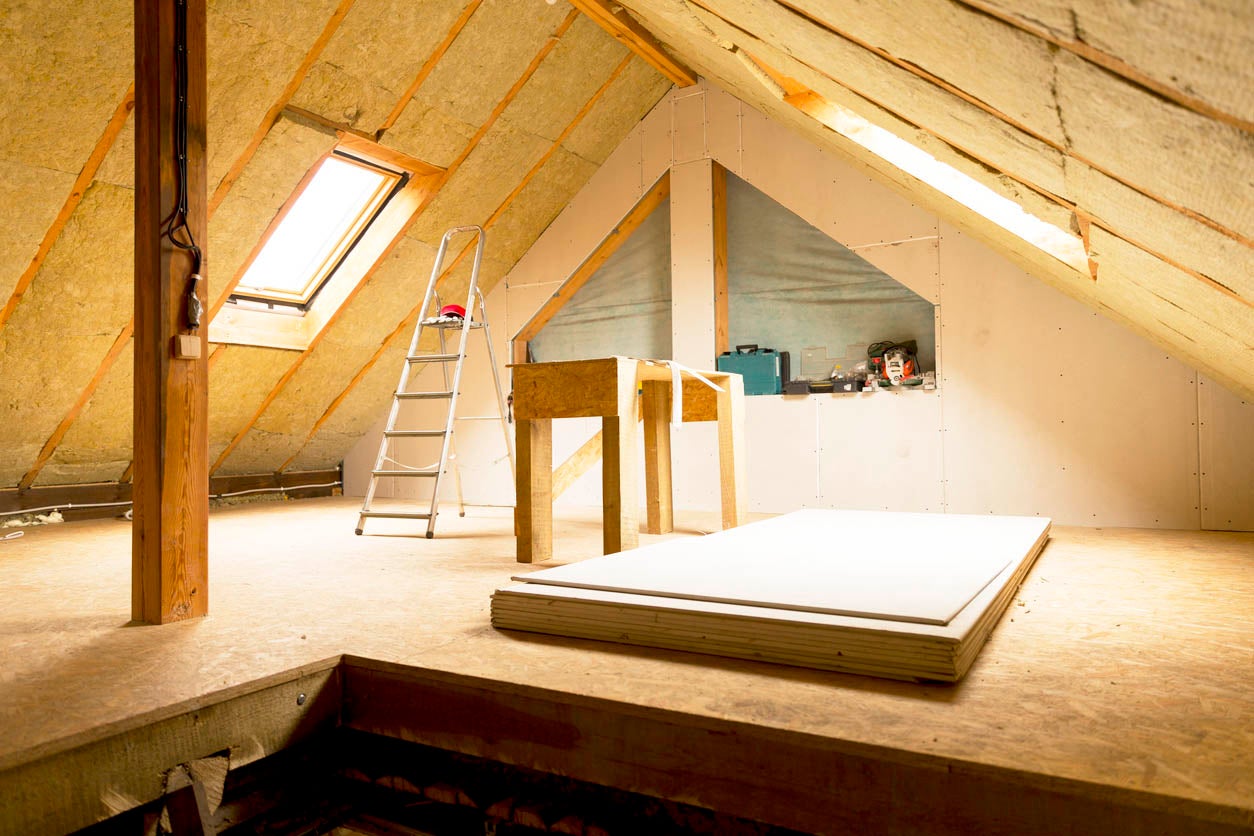
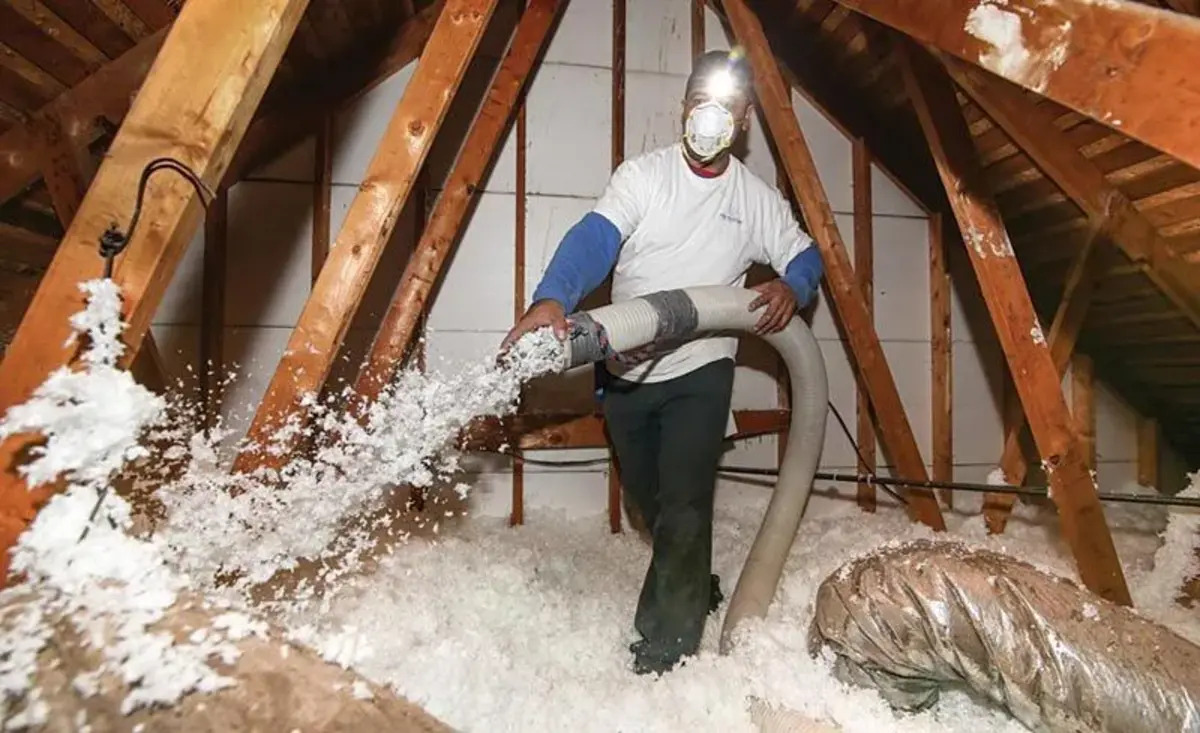

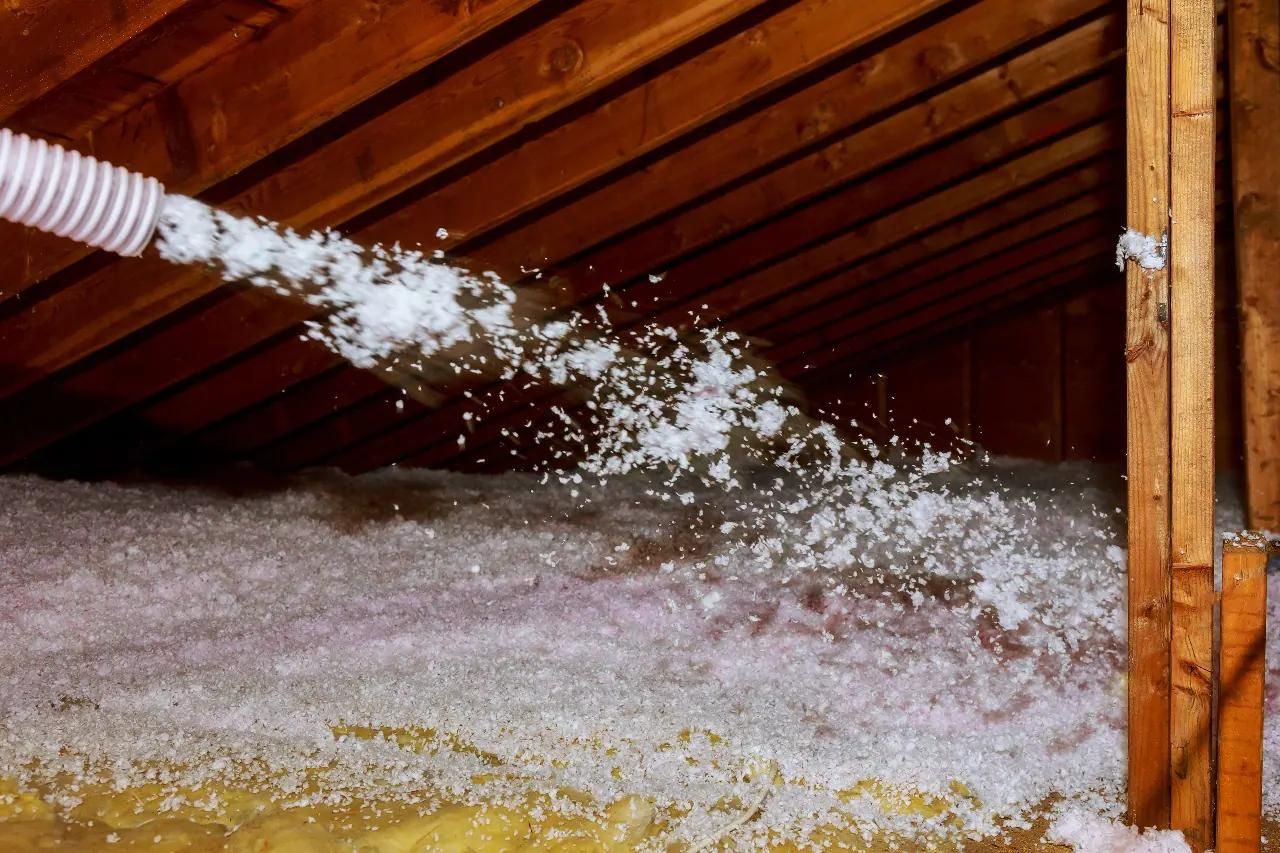
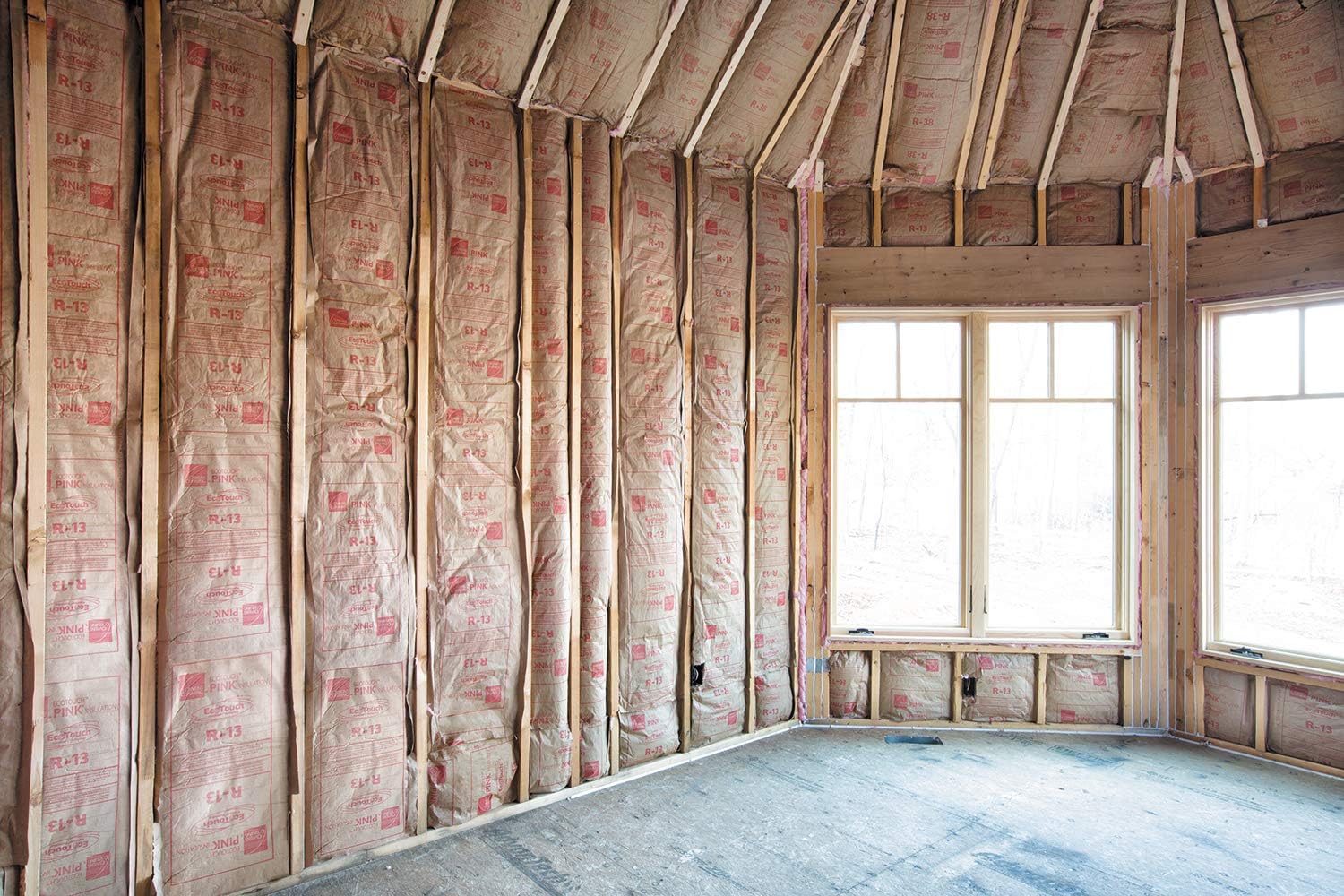
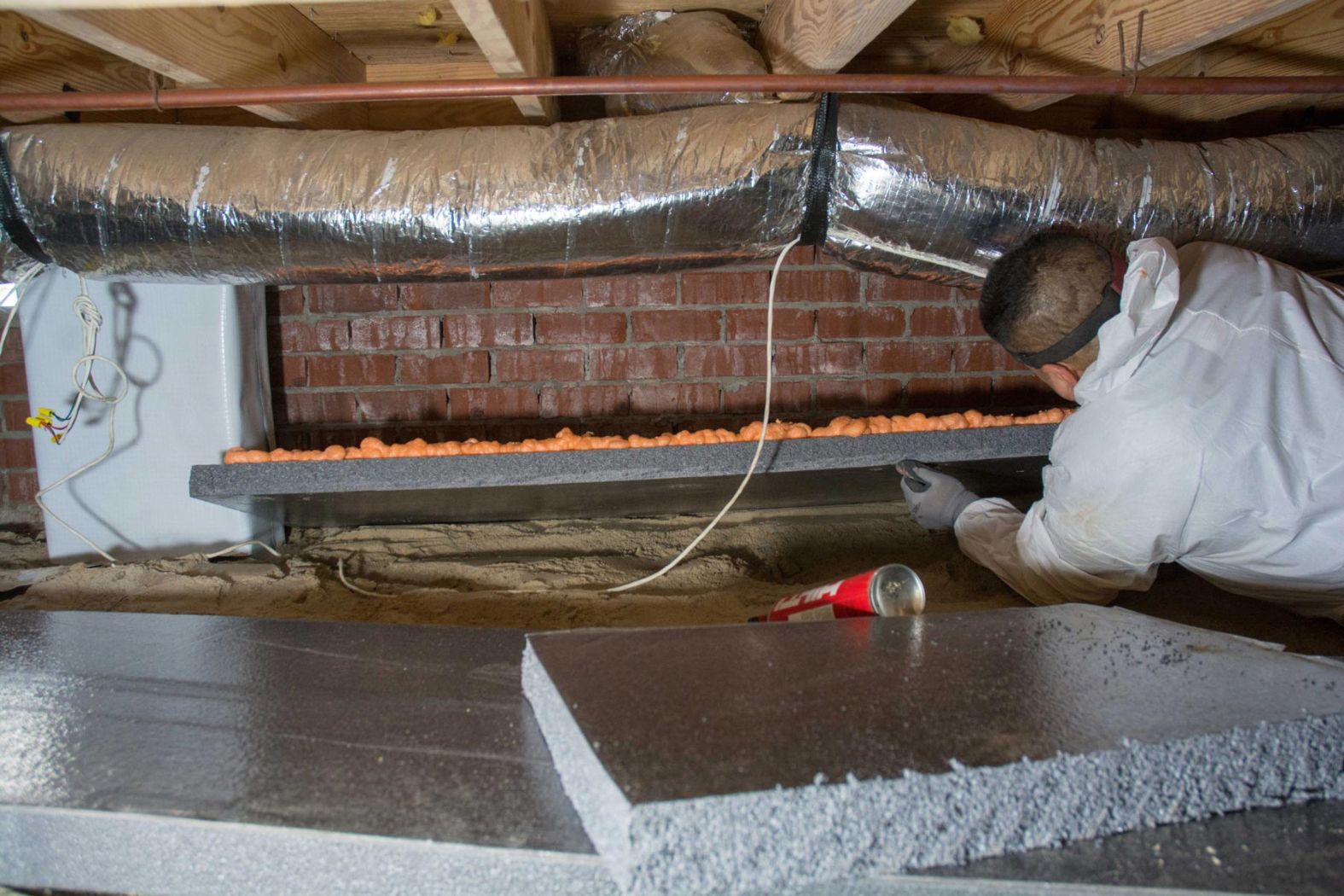
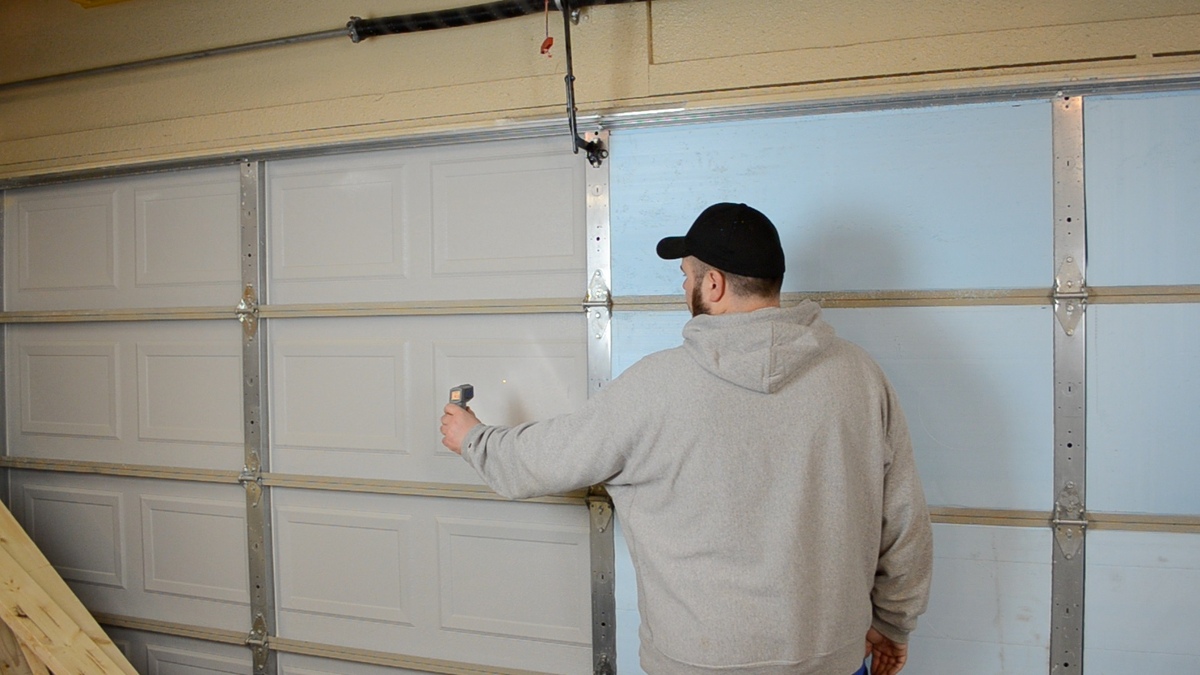
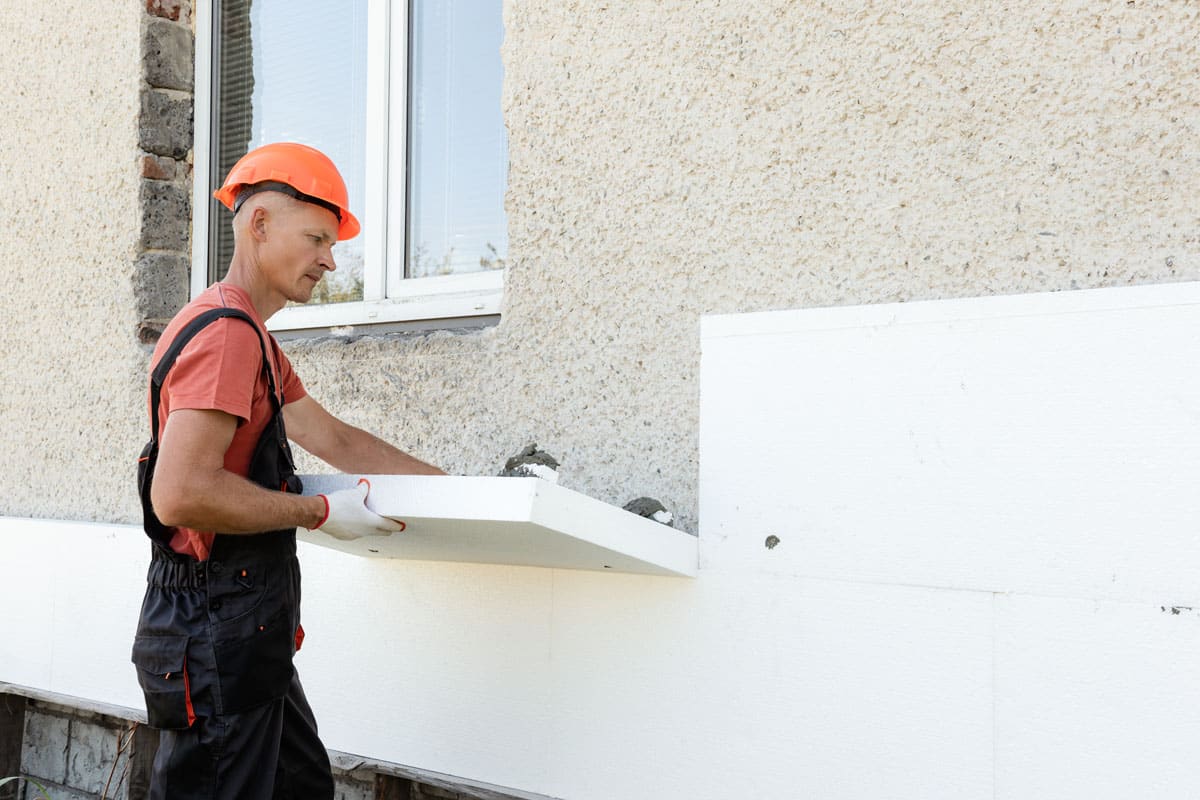
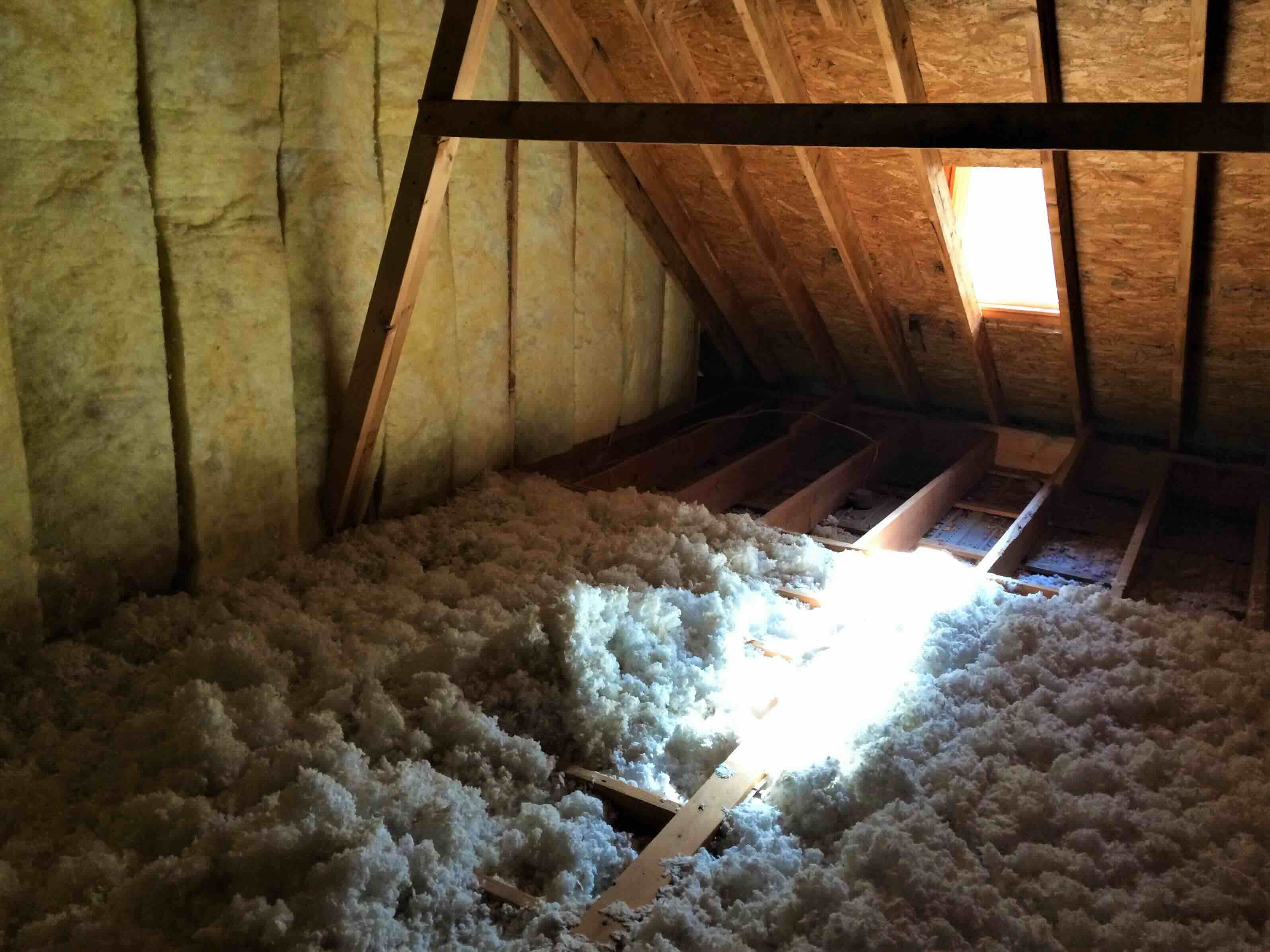
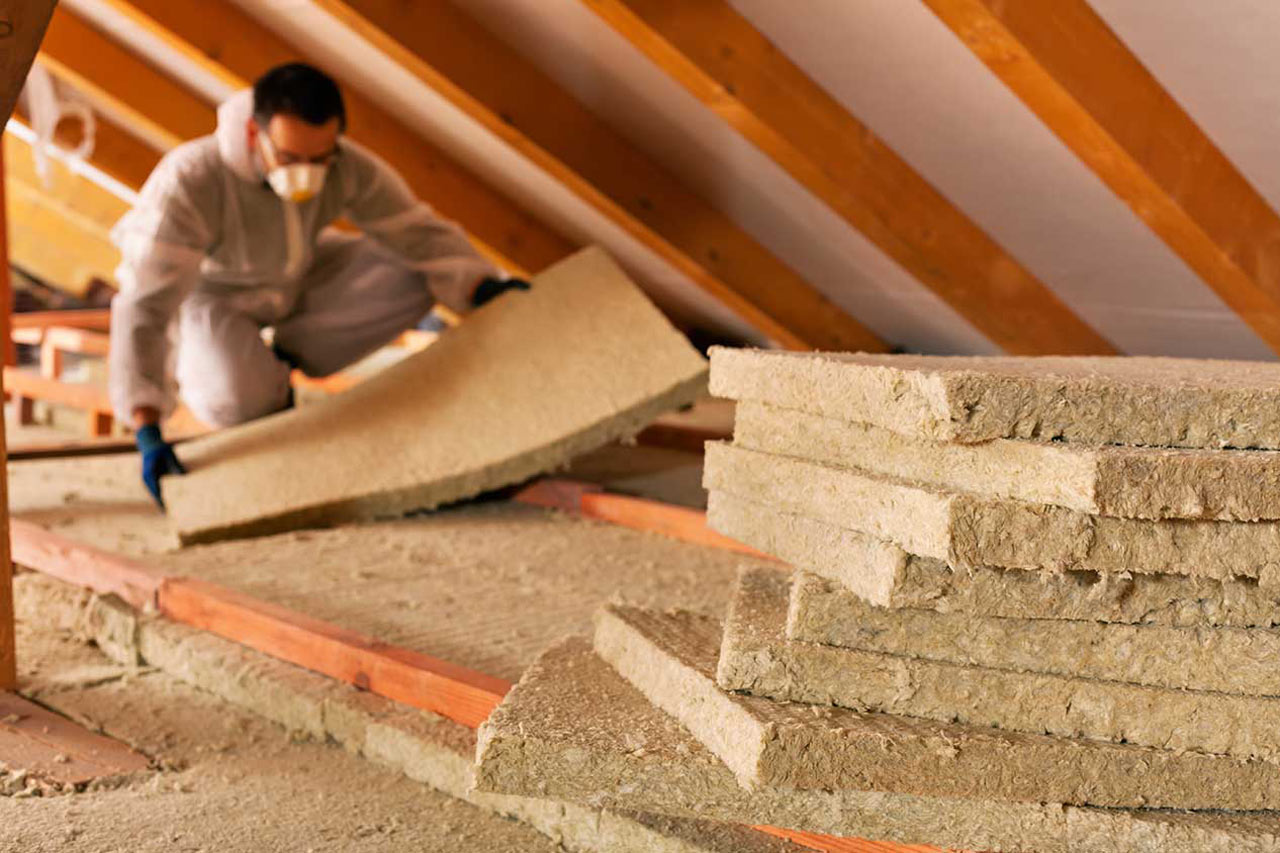
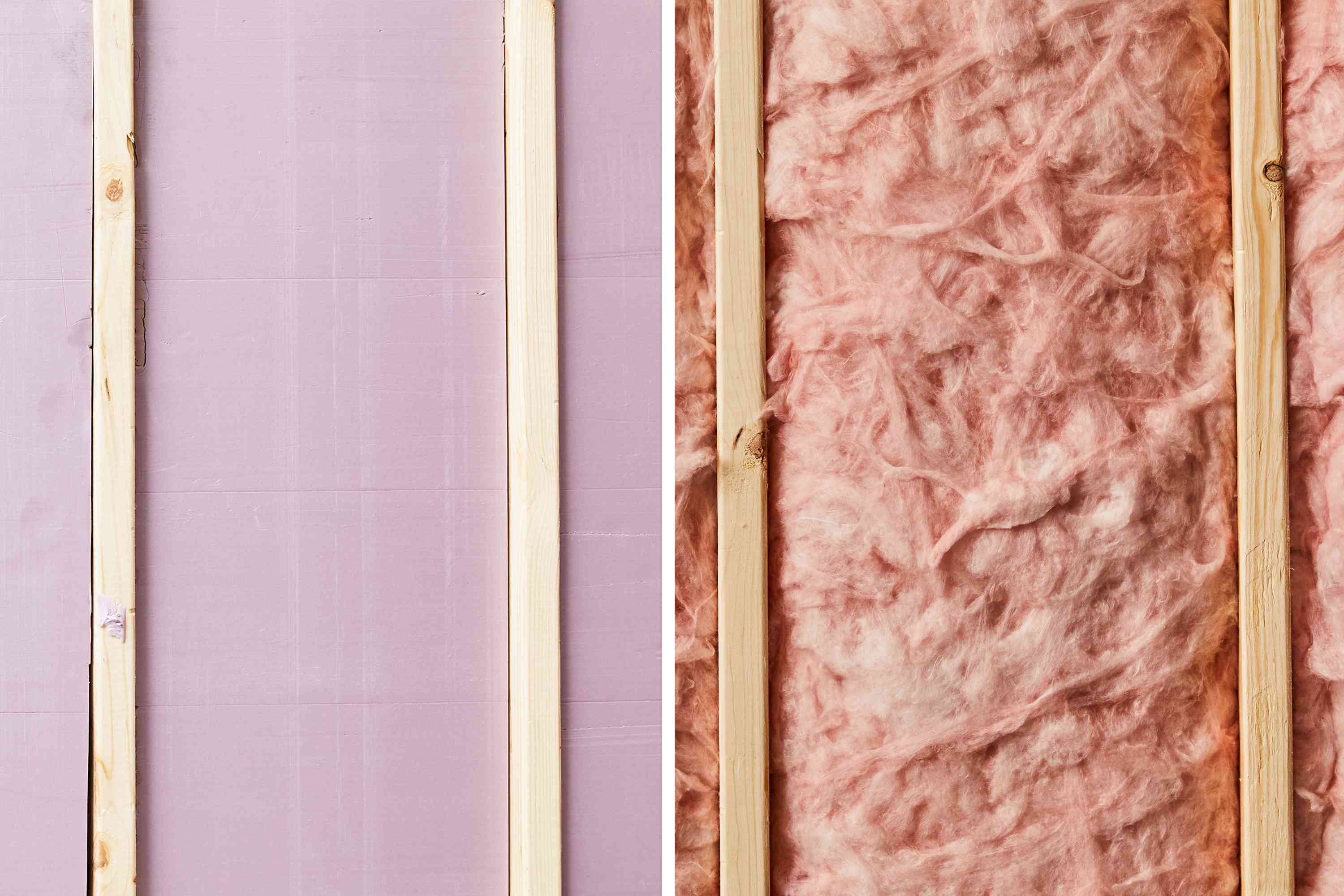

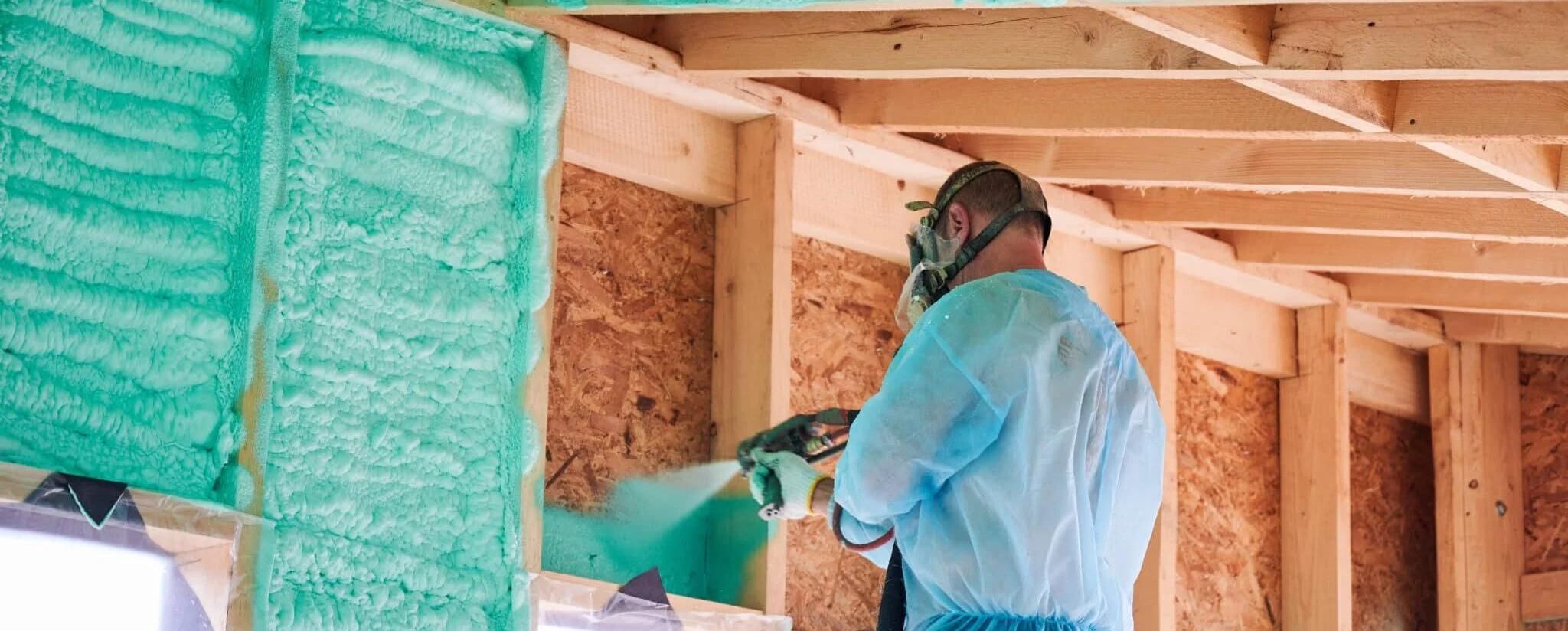
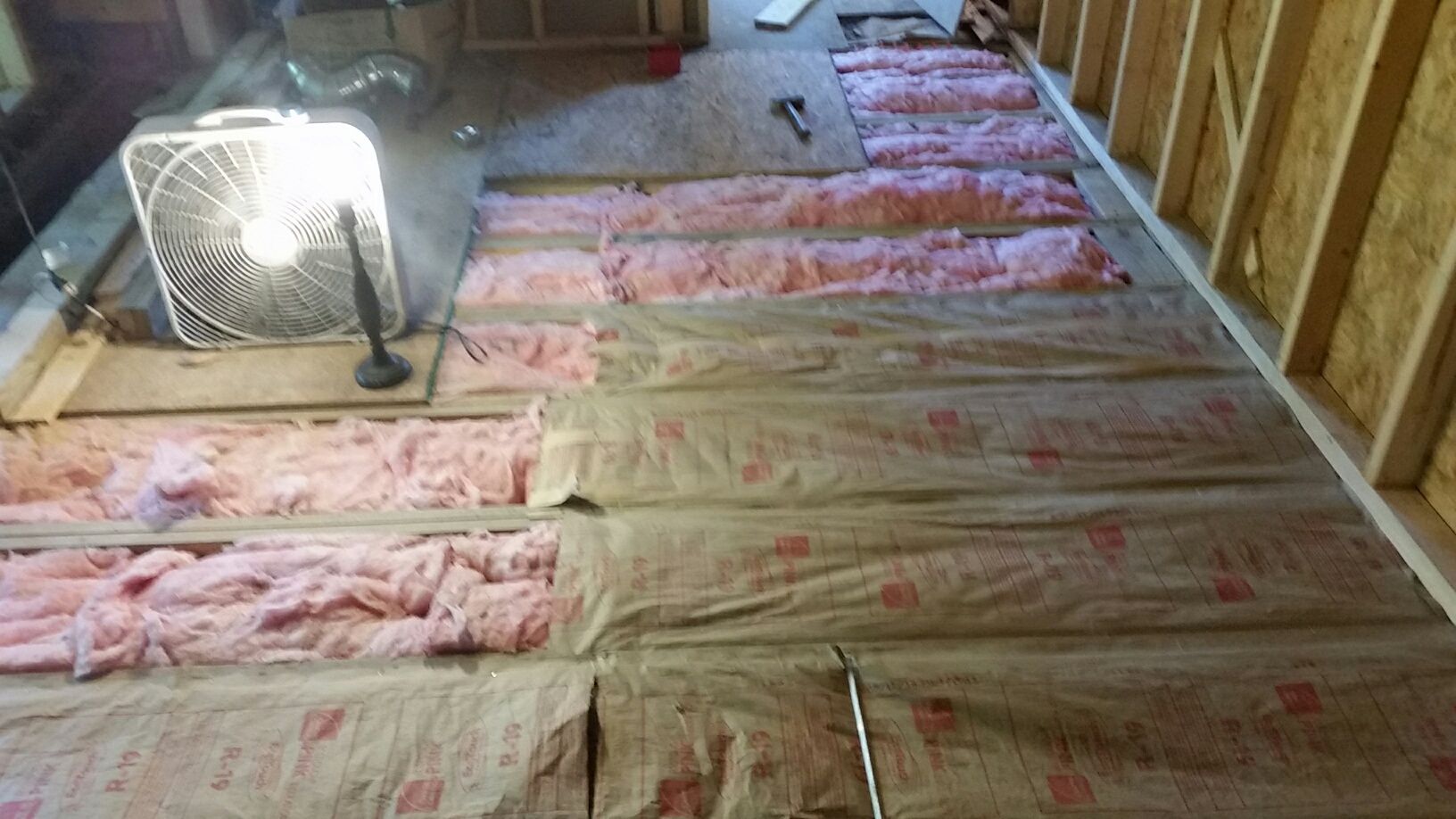

0 thoughts on “How Much Does R-19 Insulation Cost”